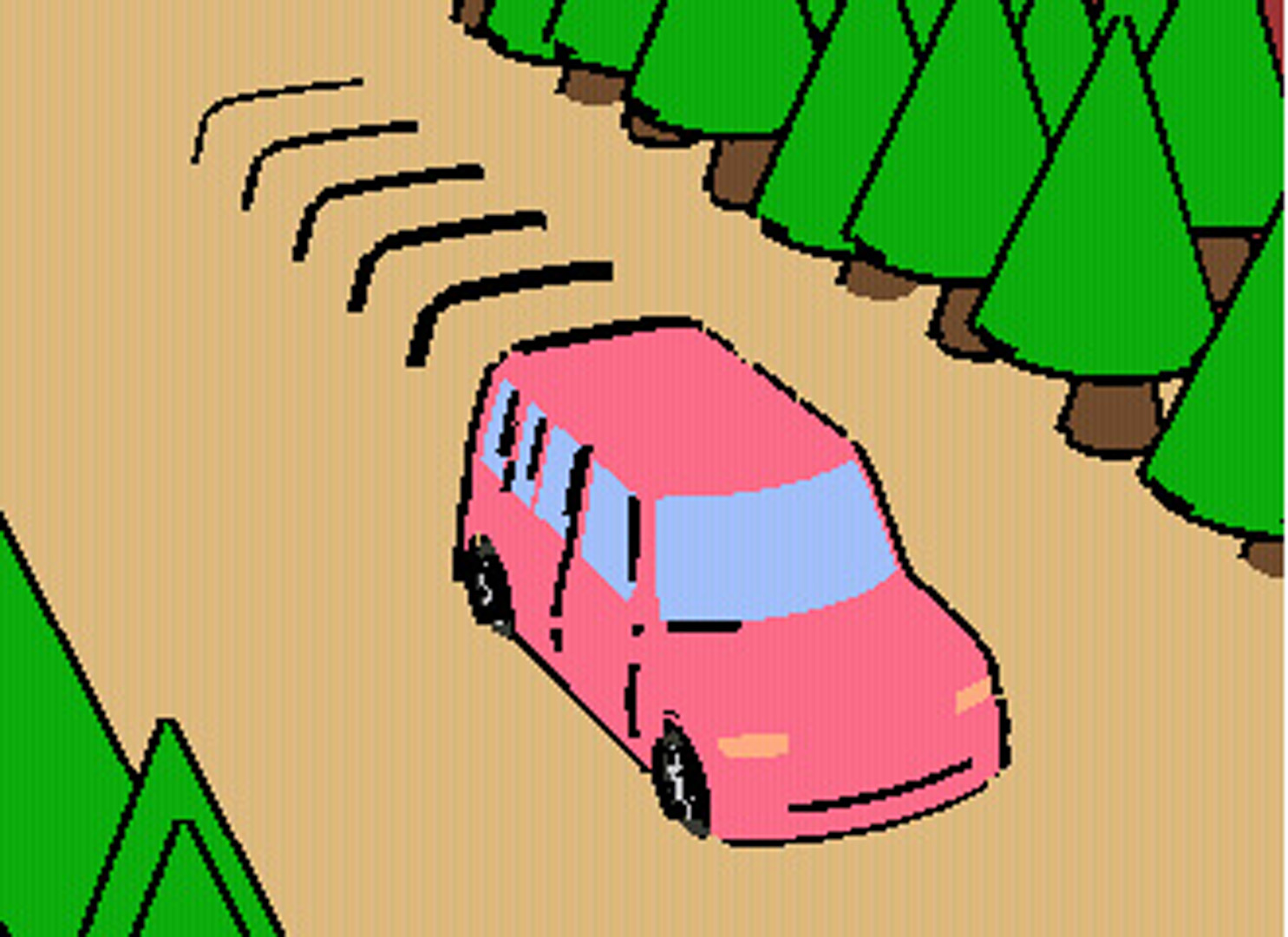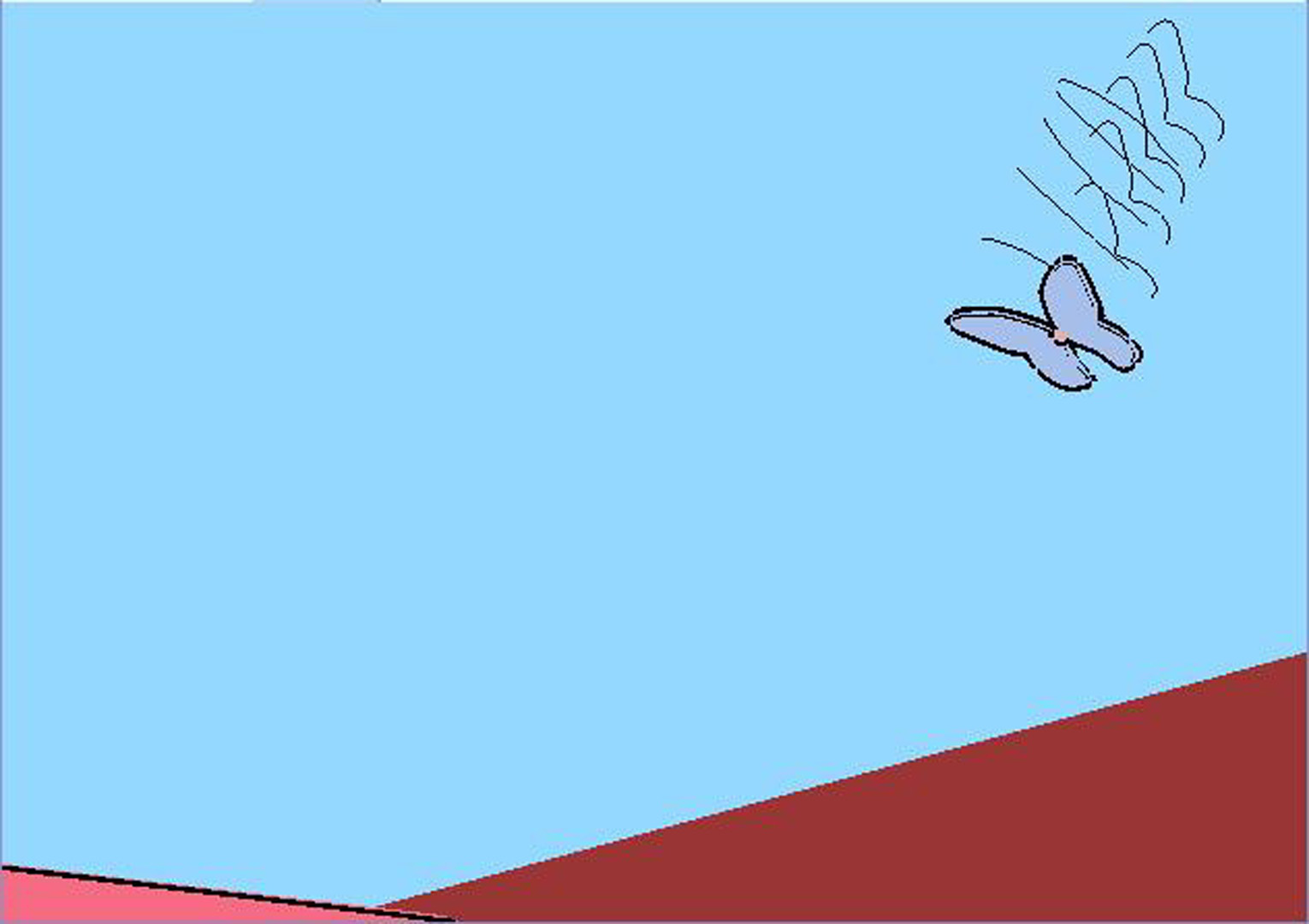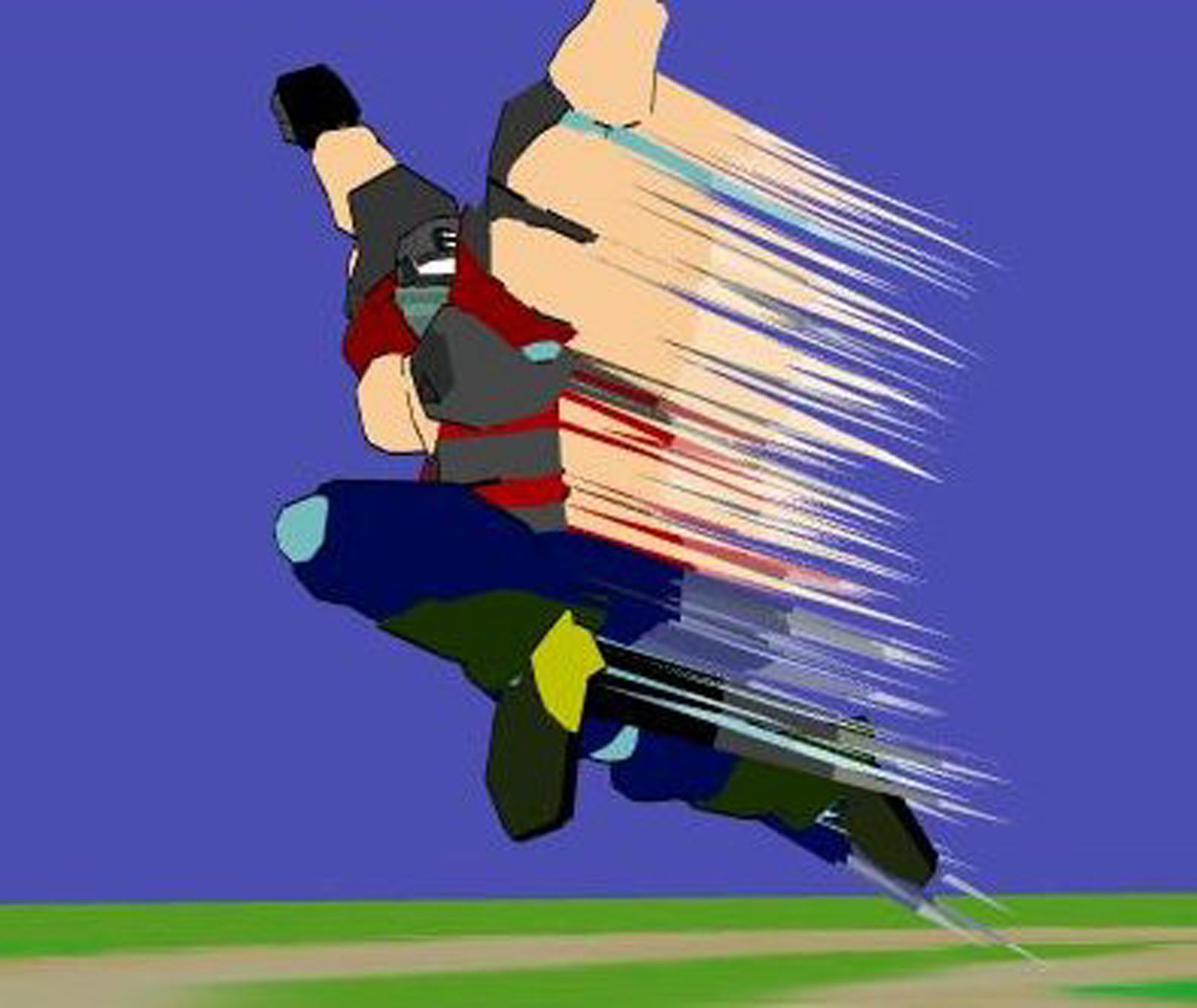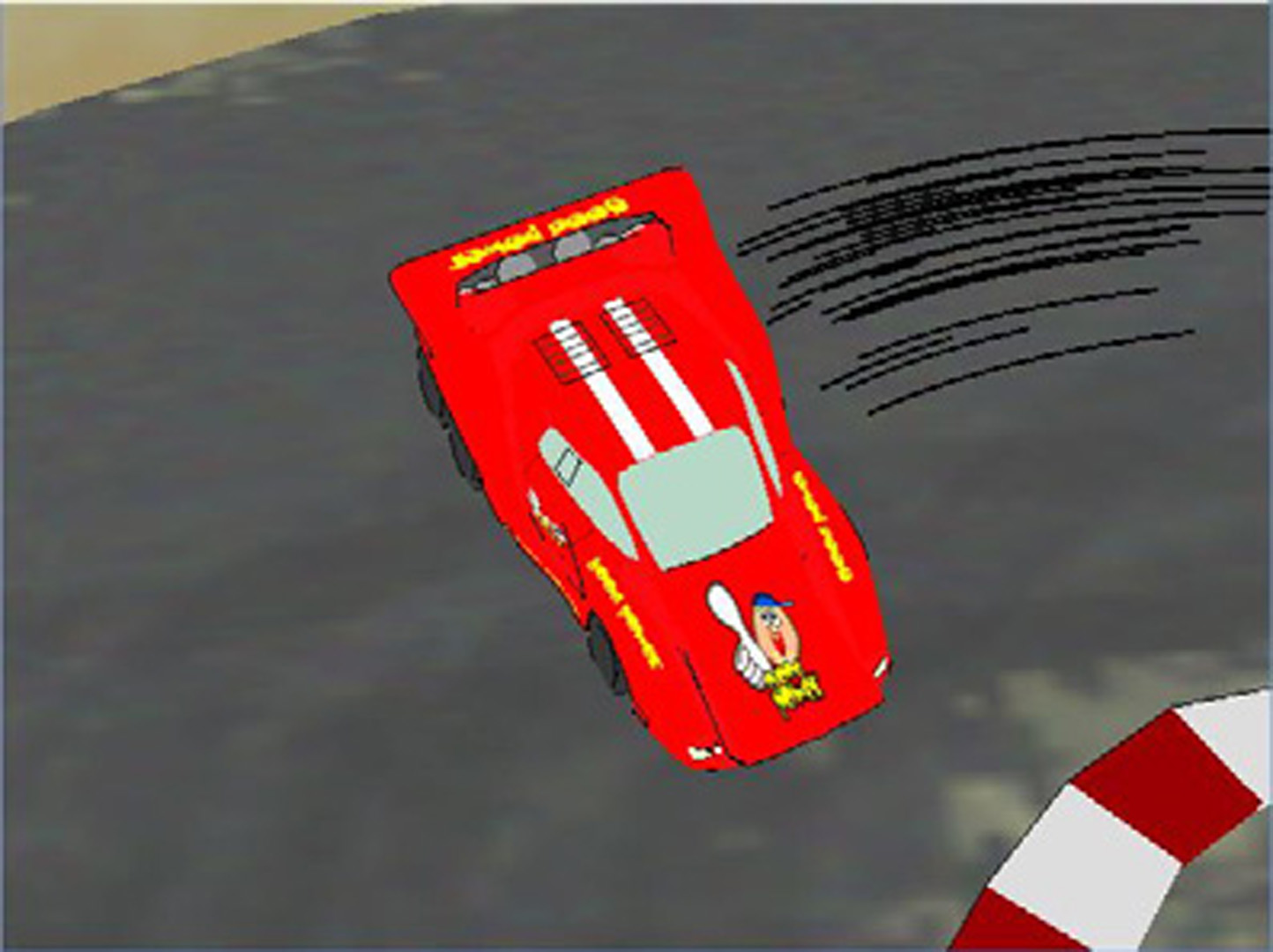“Non-Photorealistic Motion Blur for 3D Animation” by Obayashi, Kondo, Konma and Iwamoto
Conference:
Title:
- Non-Photorealistic Motion Blur for 3D Animation
Session/Category Title: Artistic Depiction
Presenter(s)/Author(s):
Abstract:
In cel animation, there are useful techinques to rendering movements through the use of non-photorealistic methods that have a natural effect and are easy to understand. We define motion blur in cel animation as `non-photorealistic’ motion blur and in computer animation as `photorealistic’ motion blur. In computer animation, to render non-photorealistic images using motion blur technique, the technique should be the one used in the conventional cel animation. There have previously been research studies examining the above techniques[1-3]. In this present study, the proposed approach is for users to determine which vertices of an object require speed lines and for the motion lines to then track the vertices transfer. In this paper, we classify the non-photorealistic motion blur used in cel animation and an algorithm for forming cartoon blur from given 3D animation data. Our proposed method will allow users to easily obtain a desired movement effect through parametric control.
References:
Siu Chi Hsu and Irene H. H. Lee. 1994. “Drawing and Animation using Skeletal Strokes”, Proceedings of ACM SIGGRAPH 94, pages 109–118.
M Masuch. 1999.Speedlines: Depicting Motion in Motionless Pictures. ACM SIGGRAPH 99 Technical sketch.
Yuya Kawagishi, Kazuhide Hatsuyama, Kunio Kondo.2003.” Cartoon Blur: Non-Photorealistic Motion Blur”. Proc. of Computer Graphics International, pp.276–281








